[ad_1]
Many gardeners have the benefit of saving seeds on the end of the rising season to permit them to create free home-grown packets to develop as soon as extra in spring. Over time, you can cultivate your private heirloom varieties and share them with household and pals. These native heirlooms are sometimes well-suited to your environment and thrive with minimal effort.
That’s notably pleasurable to do with squash. Whether or not or not it’s a butternut or a pumpkin, usually you’re merely really happy with a certain gourd and have to develop it as soon as extra. Re-growing from these fruits can create a lineage of crops that thrive in your yard. It might merely become your autumn customized.
Whereas a wide range of perennial flowers make it large easy to keep away from losing their DNA—often it’s so simple as chopping off the spent flower head, inserting it in a paper bag, and shaking it up—the tactic of saving squash seeds is a bit further subtle.
Whether or not or not you’ve been saving pumpkin seeds for years, in any other case you merely have a really stellar squash you’d like to repeat and want to do that course of out for the first time, we’ve gathered a listing {of professional} concepts that may allow you to by the entire course of.
Waltham Butternut Winter Squash
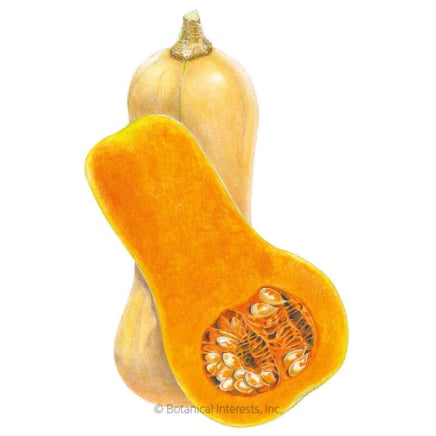

Waltham Butternut Winter Squash Seeds
Vegetable Spaghetti Winter Squash


Vegetable Spaghetti Winter Squash Seeds
Honey Boat Winter Delicata Squash


Honey Boat Winter Delicata Squash Seeds
Don’t Waste Time With Hybrids


Sooner than you get passionate about re-growing your favorite squash throughout the yard, it’s essential that you just understand that hybrid varieties will comprise seeds that are often sterile or produce fruits that aren’t true to the guardian.
Saving from hybrid fruit throughout the hopes you may recreate this 12 months’s crop is a waste of time. Taking the steps to reap seeds, dry them, and retailer them accurately is just not going to help you to develop these squash as quickly as as soon as extra. If that’s new knowledge to you, then your first step have to be to confirm whether or not or not your crops are hybrids or not.
As an example, ‘Carnival’ is a hybrid winter squash. Gardeners adore it, on account of it’s the easiest of every worlds. It’s a pleasurable and unusual-looking choice that seems good in fall decor, and it’s moreover delicious and easy to incorporate in quite a few cozy meals. On account of ‘Carnival’ is a hybrid, you may’t purchase the seeds and develop further ‘Carnival’ subsequent 12 months. They’ll germinate with fully completely different traits than the distinctive hybrid. You need to buy them from seed vendor.
If you happen to occur to’re uncertain in case your crops are hybrids or not, merely do some evaluation. Hopefully you proceed to have the seed packets or plant tags, which might let you recognize within the occasion that they’re hybrids or not or must on the very least let you recognize the plant’s determine, so you can Google it.
If a plant is labeled “heirloom,” then you can undoubtedly re-grow it from seed. Furthermore, in case your plant is simply a generic primary like “butternut” or “zucchini,” it’ll possibly be true to type as successfully.
If you happen to occur to’re merely uncertain, proceed with warning nevertheless proceed nonetheless. Even in case you might be unable to develop the an identical squash subsequent 12 months, you may nonetheless research heaps and could be increased prepared for subsequent 12 months with further knowledge and experience.
Stay away from Cross-Pollination


One different potential pitfall that may get in the way in which during which of your seed saving operation is cross pollination. If you happen to’re rising a variety of types of squash on the an identical time, pollinators may cross-pollinate. Due to this any collected seeds may produce a hybrid of the two guardian crops.
You’ll have fully heirloom varieties in your yard, however when the bees cross-pollinate them, the next know-how will ultimately produce different-looking fruit. That’s powerful to deal with, since you merely can’t stop mother nature.
Stopping Cross-Pollination
To forestall cross pollination, choose your squash rigorously. There are a variety of principal species, and the varieties inside these species can cross-pollinate with each other. These from the fully completely different species are loads a lot much less extra prone to cross-pollinate.
- Cucurbita pepo accommodates pumpkins, delicata, zucchini and further.
- Cucurbita moshata accommodates butternut squash.
- Cucurbita mixta accommodates crookneck kinds.
- Cucurbita maxima accommodates Hubbard, banana squash, and further.
As an example, in case you might be rising zucchini and pumpkins on the an identical time, there is a extreme likelihood that they will cross-pollinate and might ultimately not be true to seed. Conversely, in case you might be rising pumpkins and butternut, it’s protected to guess that they possibly gained’t cross-pollinate and might definitely be true to seed.
Make a listing of the entire Cucurbita species you’re rising on the an identical time. Confirm that you just perceive the exact species for each, and consider. You would uncover that you just’re rising a variety of all through the an identical species, and cross-pollination might be going.
If you happen to occur to’re fully thrilled with specific zucchini this 12 months and have to develop them as soon as extra—nevertheless you’re rising them correct subsequent to some pumpkins—it’s not protected to think about that accumulating and cultivating the seeds will yield what you are hoping for.
Nonetheless, seeds from the prized crookneck squash you’ve been delicately caring for all season on this hypothetical scenario have to be reliable for subsequent 12 months.
Harvest At The Correct Time


If these two principal hiccups have been averted—in all probability attempting to keep away from losing and re-grow hybrid varieties and in all probability attempting to re-grow seeds that had been cross-pollinated—you must be in a terrific spot to keep away from losing for subsequent 12 months’s yard.
Sooner than you sever an enormous, gorgeous acorn squash from the vine and start chopping it up, you may wish to make sure that it’s had adequate time hooked as much as the plant to develop, start rising seeds, and completely mature.
Mature vs. Immature
Take into consideration zucchini. Usually, we harvest and eat zucchini when it’s youthful and tender. We intentionally take away these fruits when the seeds often will not be however developed on account of their texture isn’t appreciated. If you happen to occur to wanted to keep away from losing seeds from a zucchini, you’d need to let it sit on the vine for for much longer than conventional.
Within the meantime, we go away pumpkins for Halloween carving on the vine until they’re completely ripe, with tons of mature seeds. It’s a pretty cut back and dry scenario, as most gardeners know when pumpkins are completely ripe. Totally different winter varieties are harvested late throughout the season when their seeds are mature, too.
For further unusual kinds of squash, when growers don’t know their splendid color, the timing could possibly be a bit more durable. Discovering the appropriate time could possibly be far more difficult for summer season squash varieties that we harvest youthful, akin to zucchini and patty pan kinds.
An important rule of thumb is to attend for these squash to attain their mature measurement after which start barely altering color. As quickly as their color begins to shift, they’re not going to get any bigger. At this stage, the rinds must begin to harden as successfully. If you happen to occur to can’t merely dent the rind collectively together with your fingernail, then the fruit might be going completely ripe (and so are its seeds).
Scoop Out As Rather a lot As Doable


You’ve spent all season rigorously rising the one you love squash. You’re confirmed that the vary have to be true to seed and that it was unlikely cross-pollinated. You’ve assured that the fruit is mature, with well-developed seeds inside.
Now it’s time to retrieve as many of these treasured seeds as doable. Once you is also pondering that you just solely need a variety of to develop this choice as soon as extra subsequent 12 months, further is more healthy. It’s essential hedge your bets and accumulate as many as you can.
Within the occasion that they’re not all viable or if some rot all through storage, you’ll be glad that you’ve got many further. Plus, you can merely share extras with mates. They’ll be notably advantageous to your neighbors, for whom the crops must develop equally successfully in your native circumstances.
How To Scoop and Rinse
Use a transparent, sharp knife and gently cut back the squash in half. Using a giant spoon, scoop out your complete seeds. At this stage, don’t worry about eradicating your complete goopy flesh. Merely give consideration to getting 100 computer of them. Change proper into a transparent glass jar.
Add some water to your jar of goopy innards, and put a lid loosely on the jar. It’s essential go away this jar alone for a day or two, which must encourage its contents to ferment merely barely. This course of breaks down a gelatinous lining that many seeds have and might allow them to dry completely for long-term storage.
After a day or so, pour the contents of the jar over an outstanding mesh strainer to remove the liquid and the pulp. Be sure to rinse the entire goop off. A sink sprayer attachment might make a significant distinction. If you happen to occur to don’t have one, try spraying them (nonetheless throughout the strainer) with an outdoor hose.
Dry Fully


Now they need to be dried fully. If you happen to do not dry them accurately, they may purchase mildew over time and may even rot. The very last item you want is to retrieve the fruits of your labor in early spring to go looking out that they’re in a state of decay.
A easy technique to dry them is to place them out in a single layer all through a paper towel or a brown bag. Be sure that none of them are overlapping; they need to be in a single layer. Set them in a dry, cool place and await them to dry. If you happen to occur to’re affected individual, you’ll be able to do that on the kitchen counter. (When you could have youthful children or pets preferring to get into points, the kitchen counter is also harmful.)
Sooner Methods
One different technique to velocity up the tactic is by placing them in a dehydrator. Usually, setting the dehydrator to about 115 or 120°F (46-49°C) is true. Search the recommendation of the directions on the dehydrator for specifics, and set an alarm in your cellphone so that you just don’t neglect that the dehydrator is on.
You might also put them throughout the oven. Place them in a single layer on a lined sheet throughout the oven at 150°F (66°C) for about an hour. Be careful to not go away them throughout the oven for too prolonged. You don’t want them to burn, significantly after your entire onerous work.
You may know that they’re dry adequate as soon as they cross the snap check out. To conduct this check out, merely sacrifice thought-about one in all your seeds by bending it in half. It must snap cleanly in two, implying that it’s completely dehydrated. At this stage, there’s no wish to fret about further moisture that may set off rot.
Retailer Accurately
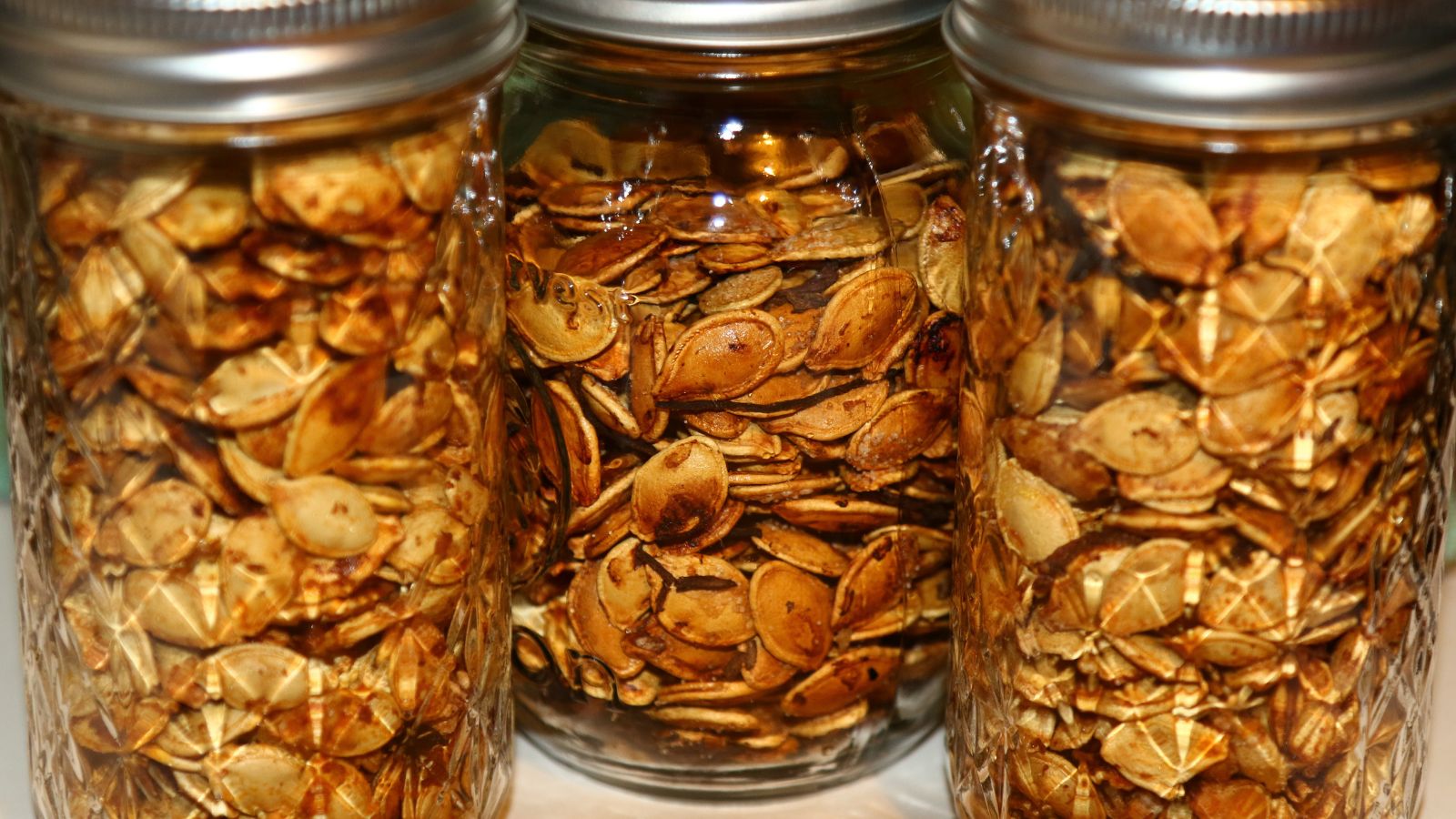

Presumably you gained’t be attempting to germinate until subsequent spring, or in all probability late in winter once you intend to start out out the crops indoors. This means you may want a spot to retailer seeds accurately and safely.
Even if they is perhaps completely dehydrated, they’re nonetheless susceptible to molding and decaying if saved in a moist area. Sometimes, our pantries and closets are further humid than we discover. Positively steer clear of storing in humid areas like bogs and laundry room closets, nevertheless you might also have to skip the kitchen pantry or yard shed in favor of a storage.
Cool and Dry
Dry and funky is the easiest case scenario. A storage or a dry basement is your best wager. If you already have a spot the place you retailer winter squash and root greens in winter, that’s possibly an outstanding location for storage. Take into consideration whether or not or not your storage will get scorching, which is often a difficulty in hotter areas.
Sealed
Put your seeds in a sealed jar to forestall any moisture from getting inside. Really, any sealed container will do. You’re largely attempting to keep up bugs and completely different critters away. It is also doable so as to add a pack of silica gel throughout the jar to further take in any further moisture that you just might need missed.
Don’t neglect to label your container, significantly once you’re saving a variety of types of squash seed. Write down the determine of the plant and the date of harvest.
Freezing
It is also doable to freeze them, as long as they’re really and totally dry. That’s usually your best option after we don’t have a cool, dry varied. If you happen to occur to’re in an condominium pondering you don’t have an ideal spot—try storing throughout the freezer.
Nonetheless, once you’re using the freezer for storage, discover that temperature fluctuations could trigger germination factors. If the power goes out, for example, germination may begin.
Check out Viability


If you happen to’re ready to utilize your seeds, it is doable you may want to check out their viability first. If you happen to occur to’re starting a bunch of them in a flat, it is doable you may not ideas if a wide range of them don’t germinate, nevertheless once you’re direct sowing, you’ll have to know upfront within the occasion that they’re viable.
Saved seeds often final so long as 4 years when dried and saved accurately. The truth is, there’s always variability in mother nature. Some may not last as prolonged, whereas others may last far previous the 4-year milestone.
Sink/Float Check out
Fortuitously, there’s a easy technique to take away these that are not viable immediately. It’s known as the “sink/float” check out. All you need is a glass of water. Submerge your seeds throughout the water and set a timer for quarter-hour.
As quickly as quarter-hour have handed, return to the glass to see which ones have sunk and which can be floating. The floaters often will not be viable. Individuals who sank, nonetheless, have to be good to go. Now you may start your squash seeds with further confidence.
No matter our biggest makes an try to do points the appropriate method, usually you merely get a nasty batch or didn’t discover that one factor else was going flawed, akin to larger humidity in your basement than conventional.
Due to this it’s so very important to save as many as doable, as indicated earlier, so that you’ve got a extreme chance of on the very least some of them remaining viable. Good luck germinating!
[ad_2]
Provide hyperlink



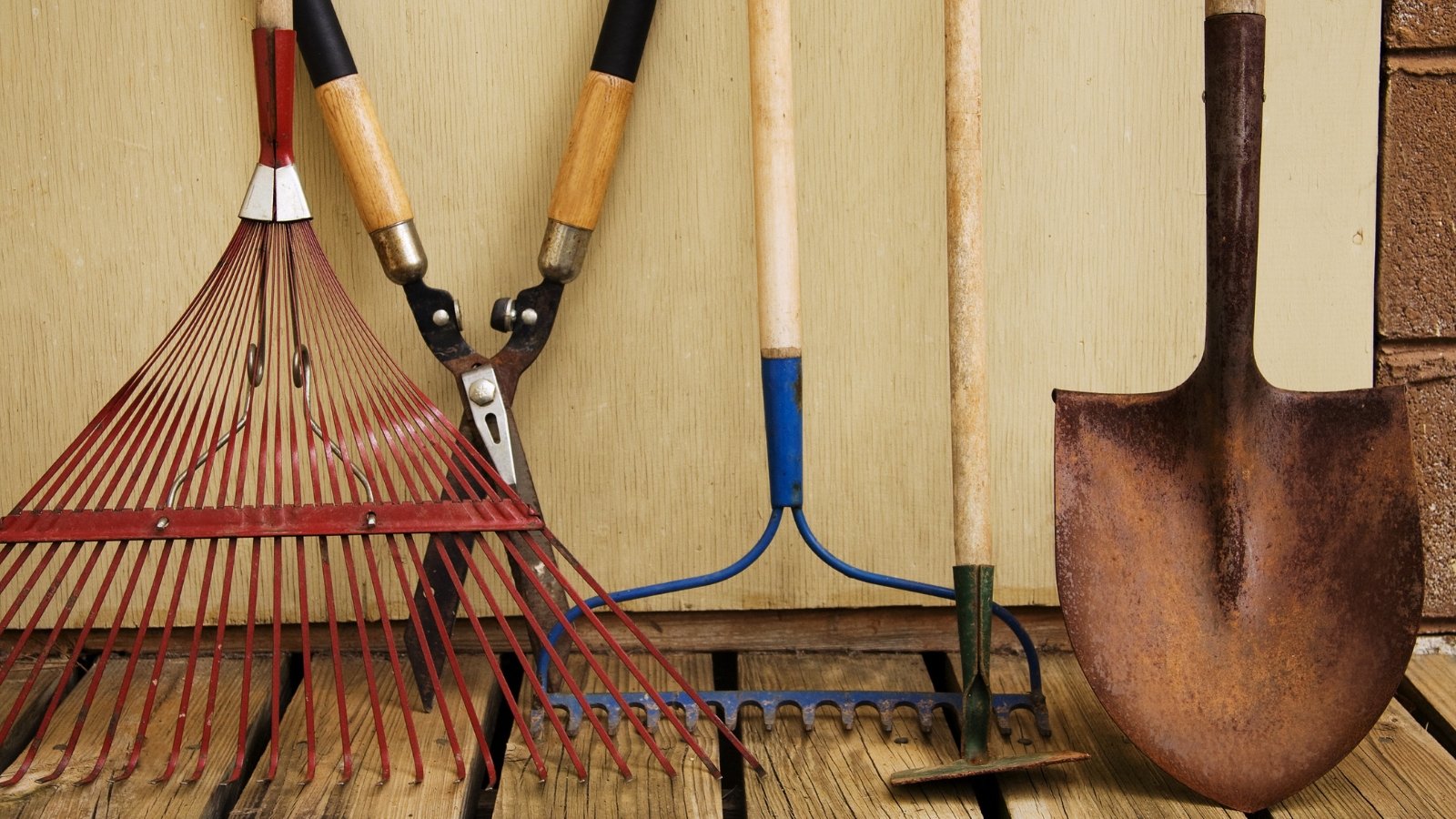
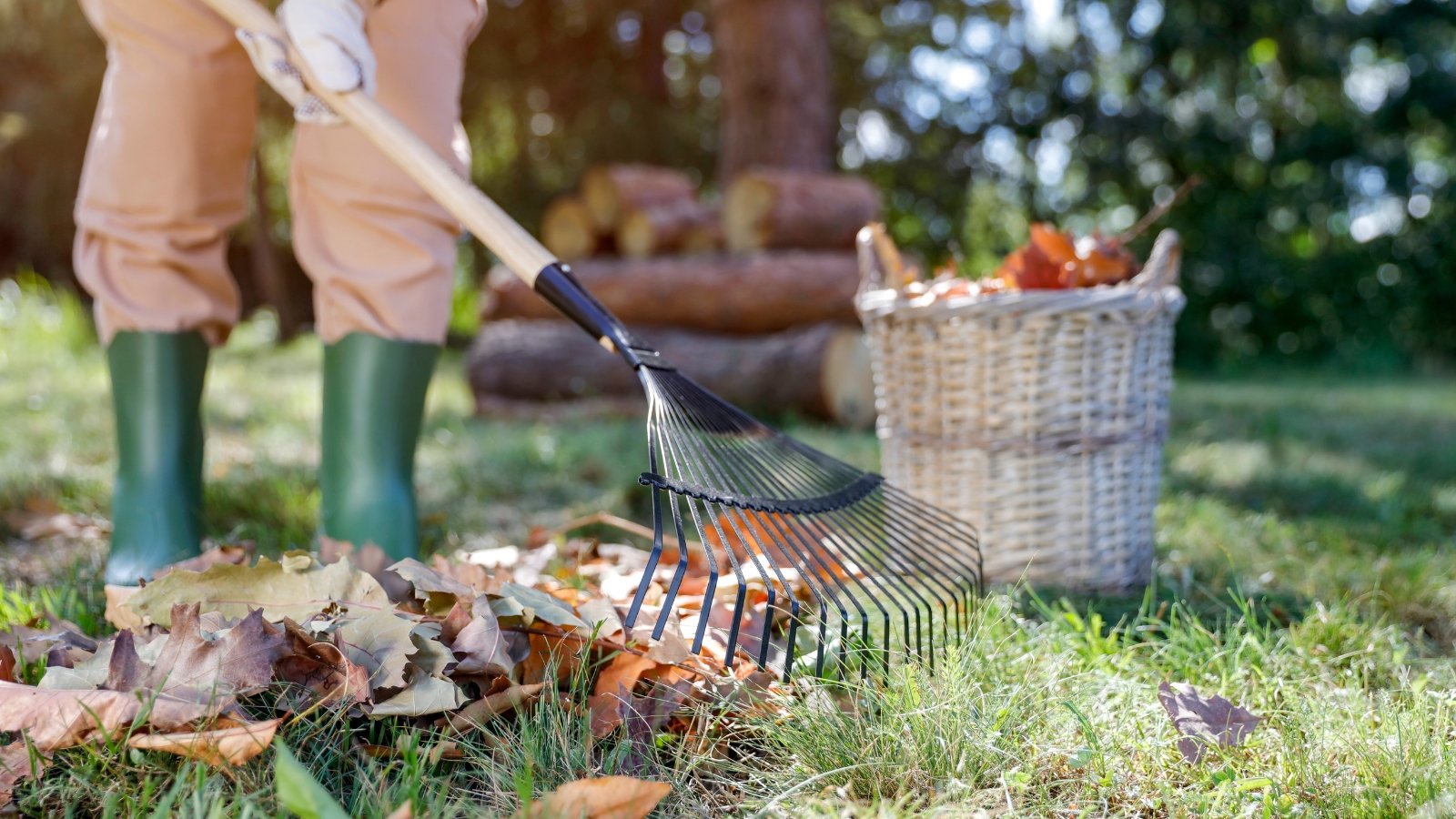
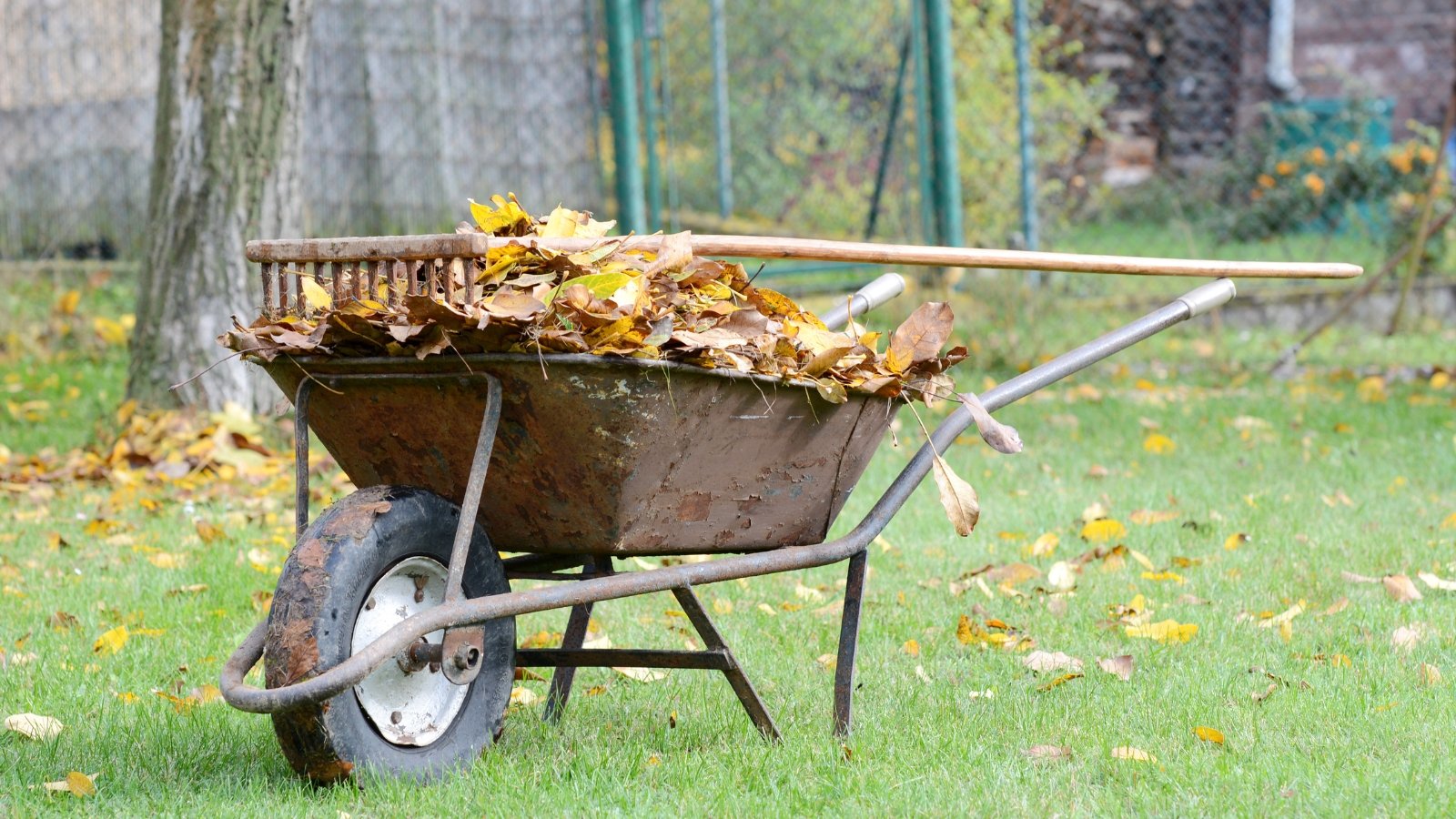

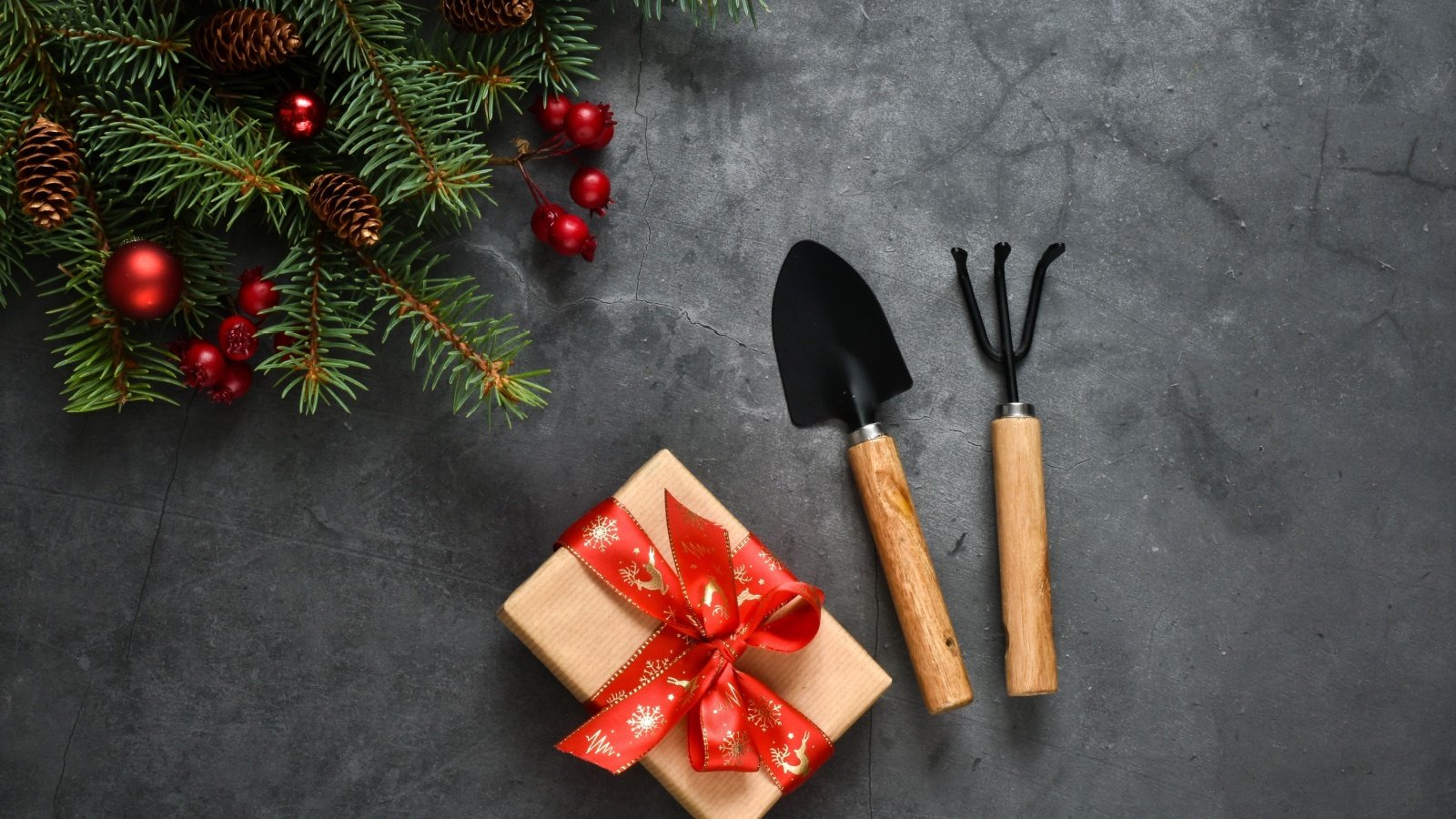
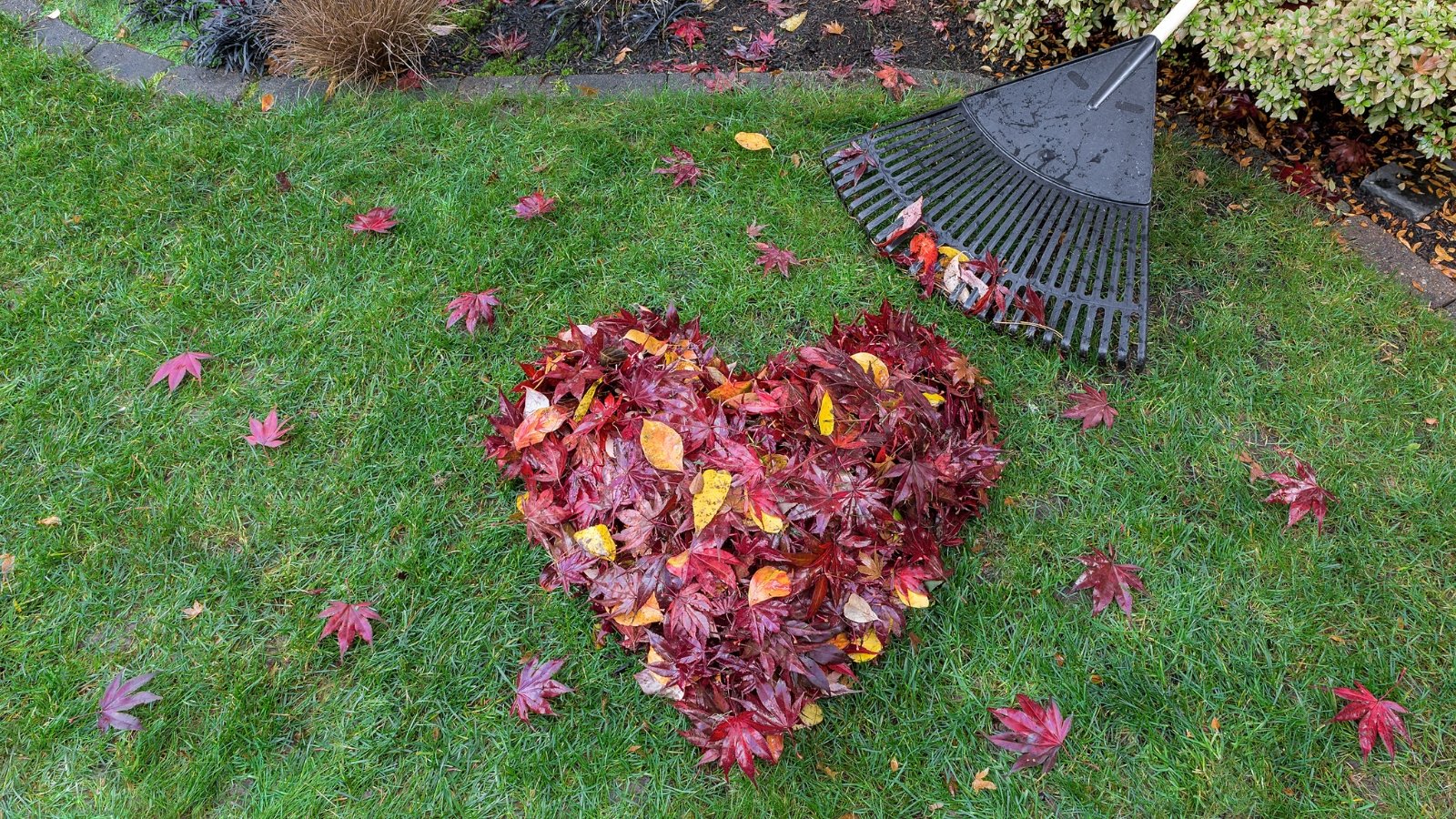
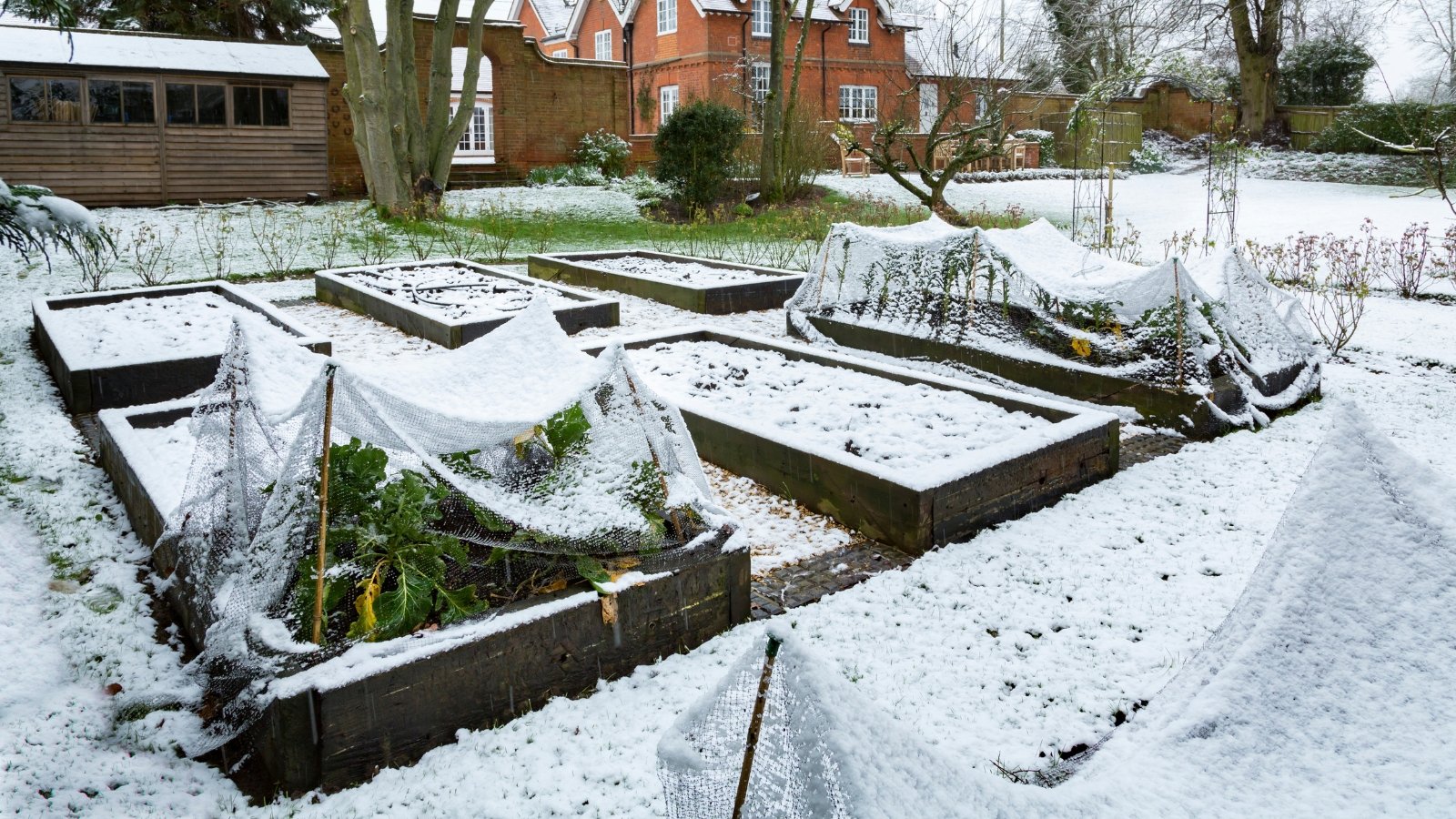
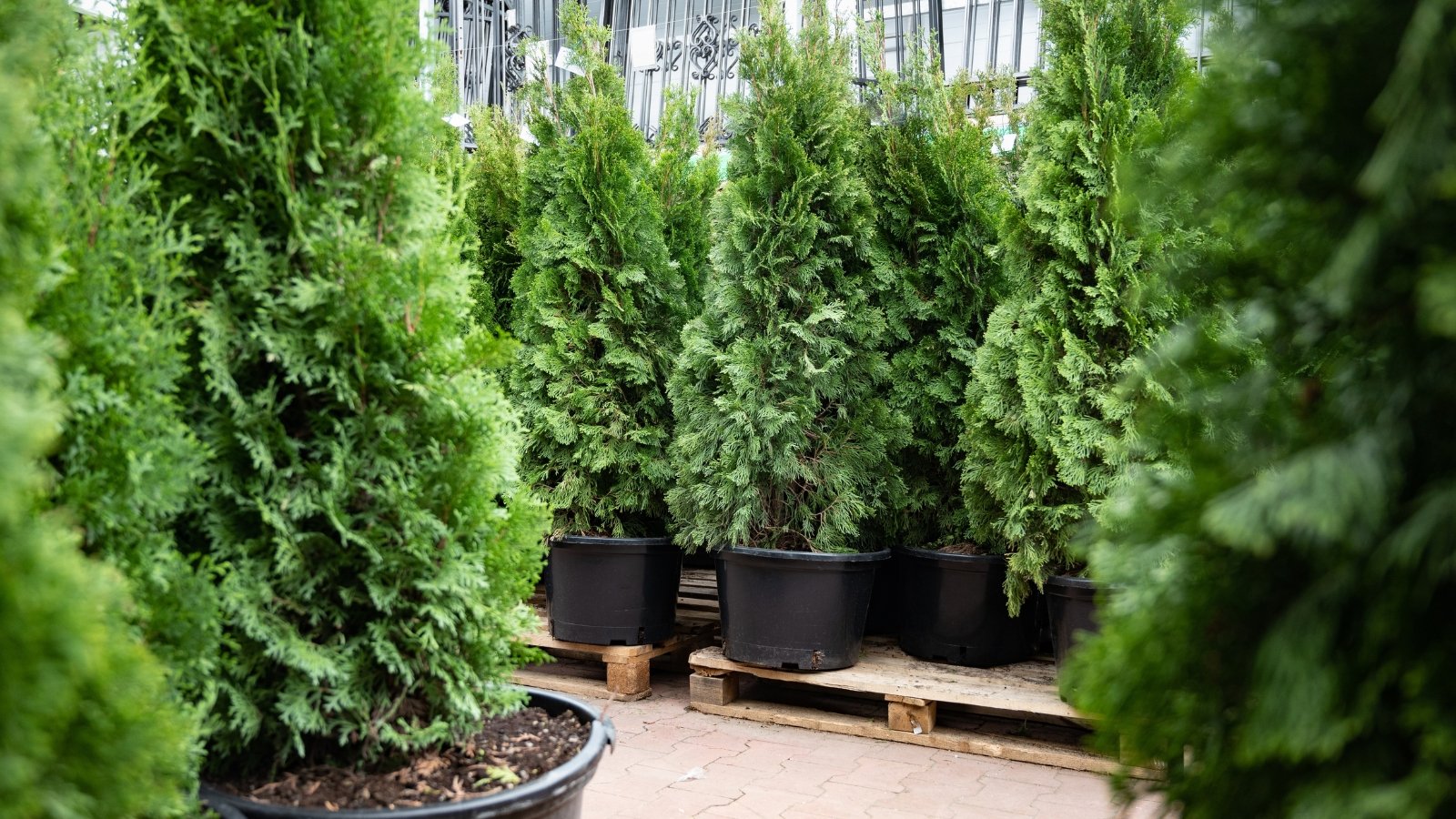
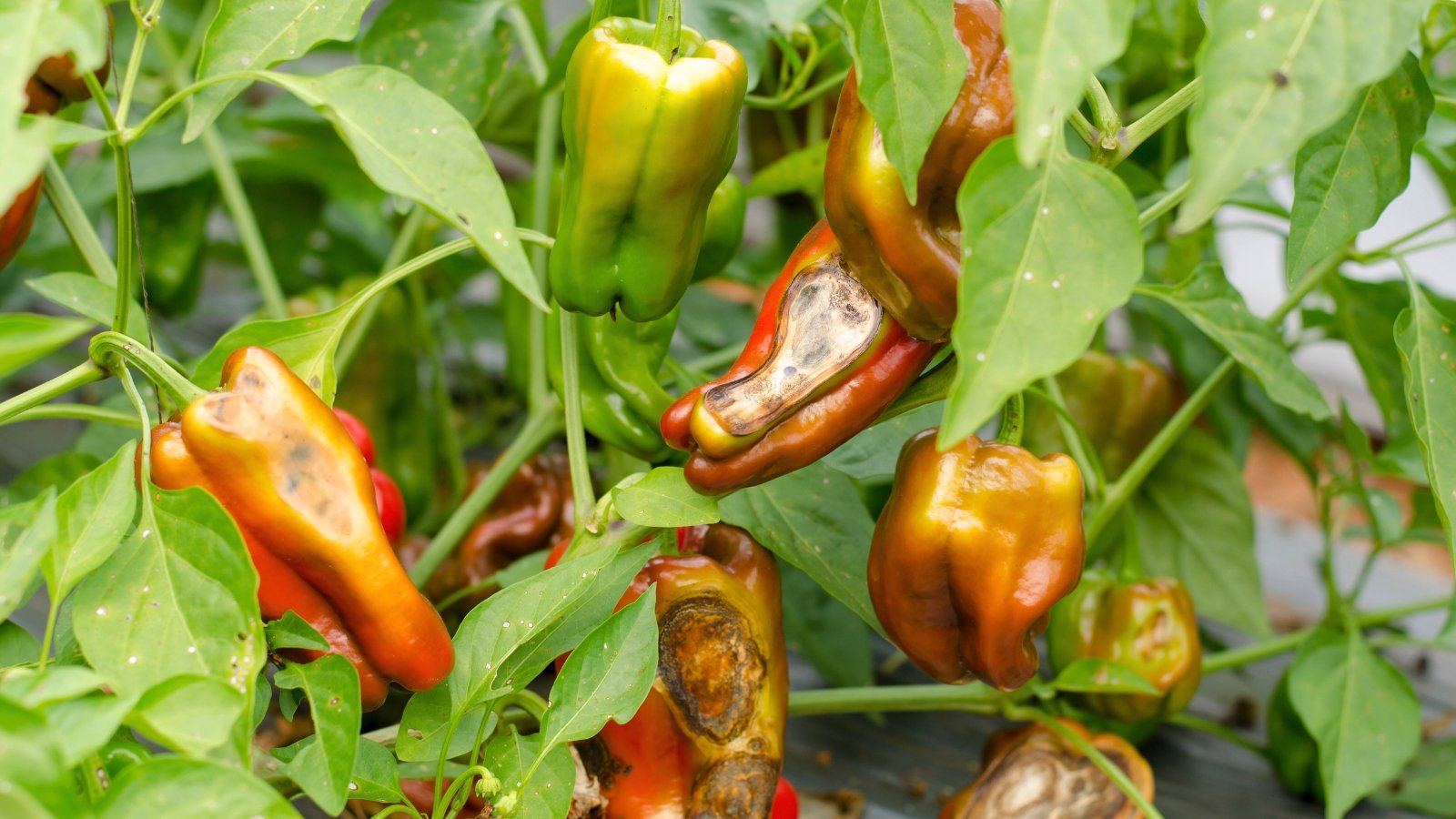


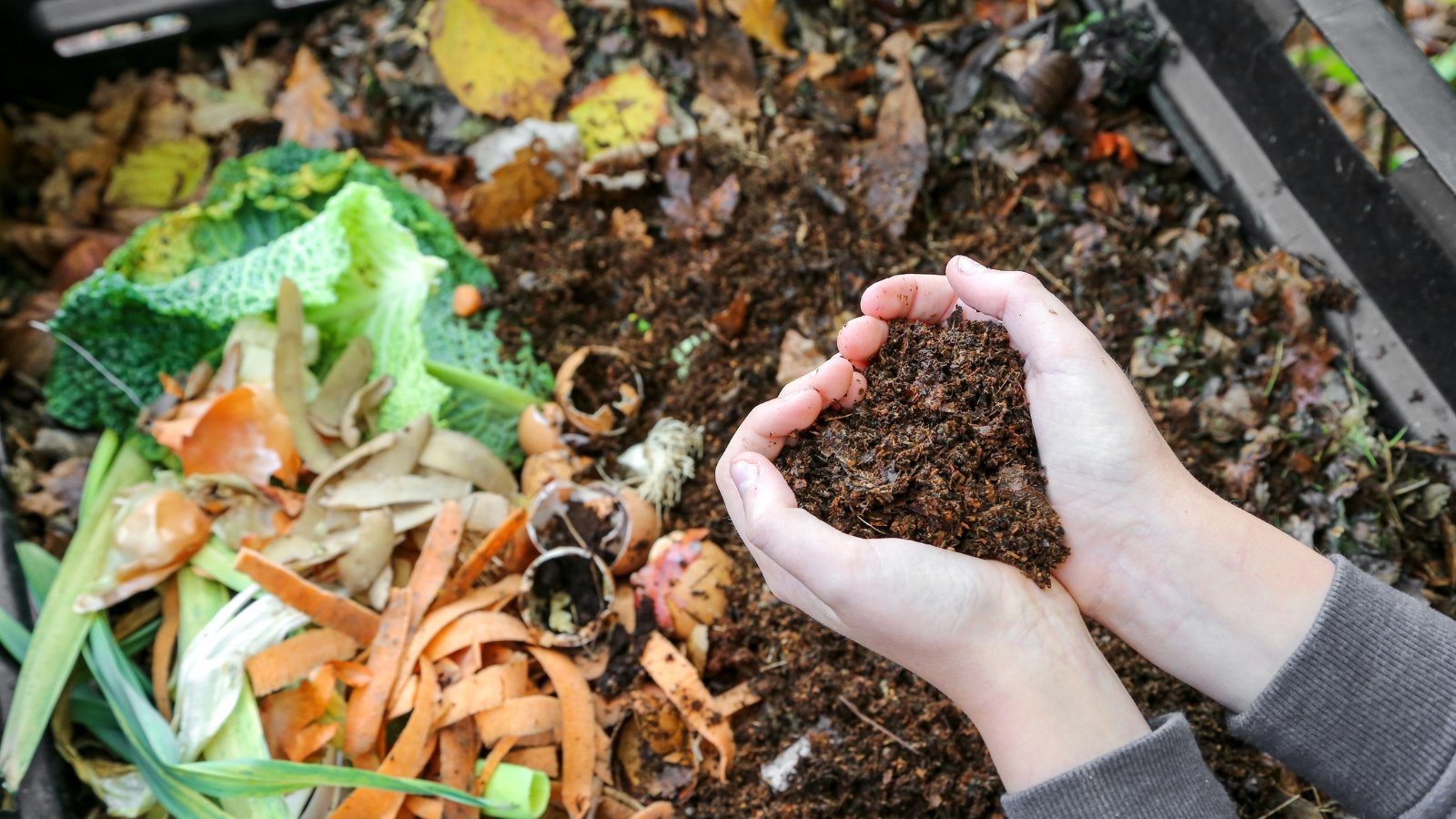
Leave a Reply